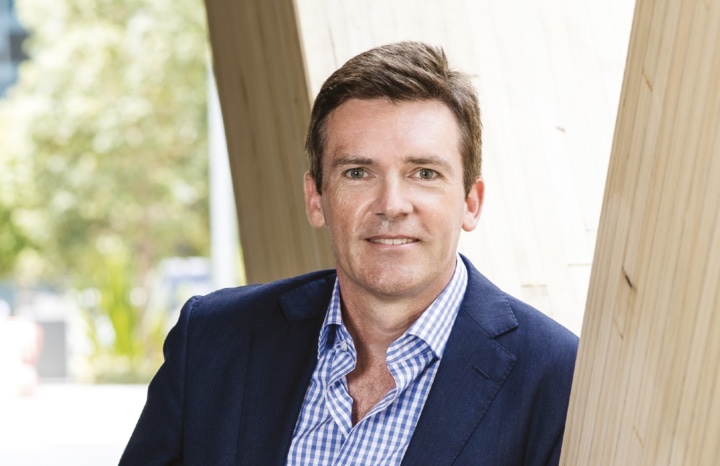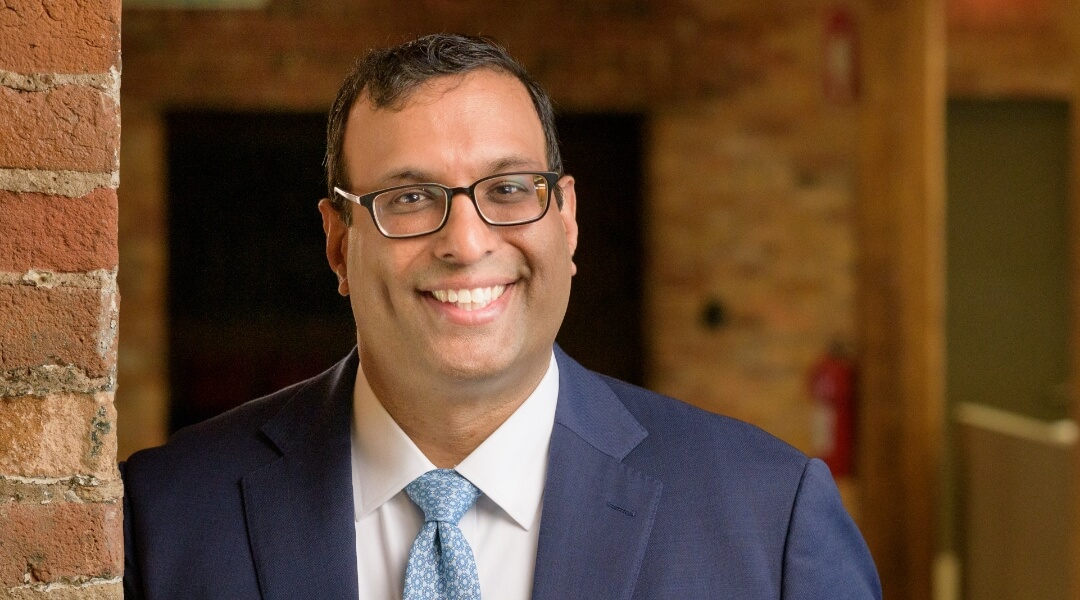In the digital era, it’s imperative that businesses differentiate themselves from competitors. Operational excellence in three areas makes all the difference, says Dr. Al Zeitoun.
The business environment has changed permanently, and the days of striving for a structured approach to running a business are well and truly gone. The digital age has dawned and we can start to see glimpses of the ways we will work in the future.
For most of us today, the norm is operating in a dynamic VUCA environment. When VUCA first made the leap out of the world of military education and into common business usage, it was a way of highlighting the volatility, uncertainty, complexity and ambiguity that so many of us faced. Yet that turbulence was a fraction of what has come since – and what still lies ahead. That is largely thanks to the interplay between technology and data.
In that context, delivering operational excellence is enormously challenging. I have had the opportunity to work in just about every corner of the world and have seen first-hand just how important operational excellence is to organizations of all types. But I have also seen how difficult it can be for executives to achieve excellence in the midst of unrelenting uncertainty. The dynamics of change continue to accelerate and, for all its promise, the digital movement has undoubtedly added to the pressures.
Across the variety of businesses that I have worked with, I have found that the clearest signs of operational excellence are exhibited in the consistent achievement of organizational strategic objectives.
Whether in the construction industry, energy, finance, pharmaceutical, or enterprise software solutions, the common thread for excellence is identical: achieving a balance between process, people and governance. Learning, repeating and strengthening the behaviours that work is critical. As with professional tennis players, excellence is the result of repeating healthy movements time and again. We also have to be ready for when the ball comes back over the net: to get the highest return on our investment in excellence, our businesses have to be dynamic and sensitive to our customers’ fluid and rising demands.
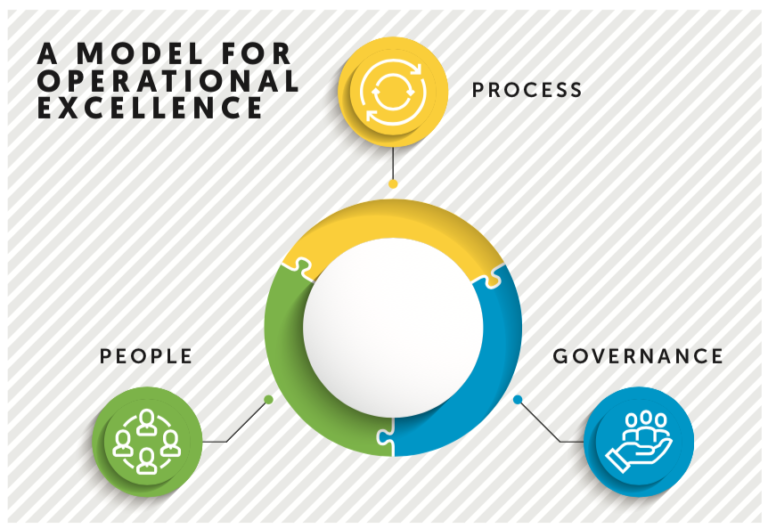 A model for operational excellence
A model for operational excellence
The model that I propose consists of those three vital enablers: process, people and governance. A delicate balance is needed between the three layers. Each has its own individual gauge which impacts on how far excellence is achieved. The enablers also have an integrated effect, as they work together to achieve a higher degree of excellence.
Process
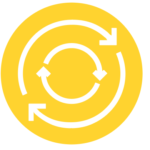
For the process enabler, the operational excellence gauge has to take into consideration that our future work will be in the midst of continued and increasing uncertainty and complexity. The gauge goes from autonomy at one end of the scale, to alignment at the other. The way to achieve scale in excellence is to balance the need for strategic alignment across all processes, with the need for local autonomy and the ability to make adjustments to address local markets.
In one particular business that I worked with – call it company A – an organizational transformation programme was being driven by a core team, seeking to influence the wider business. Processes were at an early stage of maturity. The organization had the appetite and energy for change, so the key was to find a formula that would not choke progress on any one organizational strategic goal at the expense of another. Fluidity was imperative.
The key to process excellence is to establish the most suitable types, numbers and quantity of processes appropriate to different business areas. Processes help level the impact of politics and organizational jostling, and provide a way to manage the wide spectrum of opinions on what success looks like. With company A, I had to come up with a lean slice of processes that would create some structure yet leave enough room for individual units’ creativity, so as to build their ownership. I used stakeholder analysis and methodical buy-in approaches, as well as fast testing of newly-introduced processes.
In the case of process, excellence is most likely found near the centre of the scale between autonomy and alignment. The organizational culture will shape the choice of processes that enable both operational and strategic alignment, yet leave open a window for different organizational units to put a more personal stamp on their work. This combination creates operational excellence stickiness. Finding the right balance point for some of the organization’s key units is vital to demonstrate those early adopters’ successes. At that point, change becomes contagious: scaling happens when it becomes attractive for other units to follow suit. Remember, however, that there is no perfect end state. Process excellence requires continual sensitive adjustment between autonomy and alignment.
People

In some ways, the people enabler represents a balance between now and the future. The gauge goes from traditional to non-traditional competencies. At one end of the scale, the traditional is a healthy mix of strategic and leadership competencies – still challenging enough to deliver well. The non-traditional end represents the competencies required for future excellence in a world defined by digital technology.
Despite the importance of digital technology, the reaction to this revolution has been quite uneven and is often difficult to sense. As with process, it’s vital that every layer of the organization is able to sense and respond fast to changing needs. Change leaders need empathy to establish where the balance should be struck.
In practice, delivering excellence on the people scale in company A meant that we had to work on new implementation methodologies that were comprehensively designed around customers. That outward focus on customers, shared by everyone, helped to circumnavigate internal politics. We used design thinking to bring the best ideas to the mix, and balanced machine intelligence with the impact on how our people go about their daily lives.
Again, scaling the impact of the people enabler requires finding the right point on the scale between its traditional and non-traditional sides. Many organizations will find the middle of the scale comfortable, but a growing number are tilting towards more agility and increased reliance on digital competencies.
Challenging as it may be, finding the right mix of people competencies is vital for organizations seeking to excel operationally while also becoming more innovative. The secret recipe for making it work will be a level of collaboration across organizational boundaries that we have not yet witnessed.
Governance
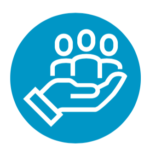
The classical view of governance is one of a steering function, fulfilled by dedicated committees. For the future of work, excellence will be achieved by a shift towards a much more fluid approach that is benefits-focused and supports fast, timely decision-making by executive teams. The governance enabler gauge therefore spans from steering to delivering. I have found that excellence is not a mid-point but is achieved with a steady movement towards the delivery side of this gauge. Leaders have to look holistically at the business and carefully weigh its appetite and readiness for this redesigned approach.
In company A, we achieved change by selecting pockets of the organization that could handle a higher degree of agile governance, such as information technology groups and customer service departments. We initially stayed away from the more traditional backbone parts of the business, like finance and human capital. By finding ways to experiment fast in our chosen areas, we made some quick wins. Other parts of the organization started asking the right questions and implementing their own governance improvements. Success spread through contagion.
The other critical dimension to the governance enabler is the executive leadership team. Working on complex programmes, we had to ensure that the executive group adjusted fast to the new governance model. This required revisiting the values, designing reflection sessions, creating greater transparency in the boardroom and eventually changing the executive role from one of steering, to one of experimenting and redirecting. Taking lightning-quick decisions requires a massive amount of decision-making practice and muscle-building, coupled with a growing appetite for taking risks.
That is often an ambitious change. A governance framework that underpins operational excellence in the future requires the bar to be set quite high in the degree of autonomy that is modelled by the executive team and cascaded down. That requires a very different way of defining organizational success.
Speed is at the centre of this new definition of organizational success, and learning is a critical sub-component. Operational success metrics need to change and so too does behaviour: to achieve an organizational cultural tilt more quickly, make it safe for teams to have fun experimenting. You can count on the ripple effects created by success stories.
Bringing the model together
Bringing together the three operational excellence enablers creates a multiplier for scaling operational excellence. Achieving the right balance of process autonomy and alignment, coupled with the right mix of traditional and non-traditional competencies, and integrating that under an umbrella of agile governance anchored in a delivery focus, is the secret to expediting operational excellence.
It is critical to sense which combination will work best in your situation. The exact placement of the North Star on each of the gauges depends highly on the readiness of the organization, the nature of the initiatives and the nature of the business. Wherever the balance lies, integrating efforts being made across the three enablers has the potential of bringing a much higher return on investment as compared with a sole focus on any one of the enablers individually.
In this new world, excellence continues to be a continuing journey, but the road is changing faster than predicted, primarily thanks to the pace of digital change. The recipe for creating thriving cultures of excellence means taking many more intentional but incremental steps with our processes, people and governance, coupled with an immense appetite for learning.
A healthy culture of excellence for the future needs a combination of resilience in pursuing new and different ways of doing things, and the use of experimentation as the vehicle for learning.
A focused approach to running strategic excellence initiatives, extracting knowledge from them and changing direction fast when it is not working, means that operational excellence outcomes are within our grasp.
— Dr Al Zeitoun, PMP, is an organizational transformation and operational excellence expert. This article originally appeared in the Dialogue journal.

